Identify the direction of the light in the photo
so the shadow makes 'sense.'
04 January 2018
PROJECT #16: PORTRAIT (Rule of Thirds composition)
DIRECTIONS.
WHAT IS RULE OF THIRDS?
(Review: You are to place the pivotal/main subject matter in one of the intersections.)
Here is a great Link. CLICK HERE.
An graphic of a complex Rule of Thirds composition:

- Make 10+ different photographs of one or two people:
One person=10+ images
- or-
Two people=5+ images each)
- Compose the frame with the RULE OF THIRDS.
- At least one person must be over the age of 21.
- Bring all images to next class.
MAKE THE FOLLOWING IMAGES OF EACH PERSON (all in rule of thirds):
- A serious expression
- A smiling(ish) expression
- The subject looking over their shoulder back at the camera.
- From above (Your subject looking up at the camera=you are above your subject in some way)
- Half of the face only (put one of their eyes in the intersections of rule of thirds)
- From the shoulders up (their head in one of the intersections of rule of thirds)
- Full body in the composition.
WHAT IS RULE OF THIRDS?
(Review: You are to place the pivotal/main subject matter in one of the intersections.)
An graphic of a complex Rule of Thirds composition:

RULE OF THIRDS
FIRST...THE FIBONACCI SEQUENCE & THE GOLDEN MEAN
In visual art, Fibonacci numbers are sometimes used to determine the length or size of content or formal elements.
LINKS
A site that contains an explanation of the Golden Mean and its relationship to the rule of thirds HERE
Another site HERE
An explanation of the Fibonacci sequence HERE.
An animation of the Fibonacci sequence HERE.
Another explanation of the Fibonacci sequence HERE.
A site outlining the mystery of the Fibonacci sequence HERE (Really good!)
NOW, RULE OF THIRDS.
The RULE OF THIRDS is a compositional rule which is recommended for two-dimensional image making. An image could be divided equally by two vertical and two horizontal lines. In general, the four intersections of these lines will be the most interesting places for the main subject(s).
The Rule Of Thirds is a method of arranging subject matter within a two-dimensional frame to maximize a harmonious relationship between all planes of subject matter (foreground, middle ground, background). It is used by photographers, painters, film makers, television shows, etc. As one looks through the viewfinder, compositional lines are drawn (mentally) across the picture frame to divide the image into thirds both horizontally and vertically. The photographer places important elements of the composition where these lines intersect.
By placing your subject in one of the intersections, one creates a dynamic composition that allows the viewers eye to be drawn to different parts of the compostion in an ordered manner. The viewer is allowed to determine the relationship between 'close-up' subject matter and its relationship to the middle distance and background subject matters.
Click on the following titles to be taken to websites about the Rule Of Thirds:
Rule Of Thirds
The following addresses explain the Rule Of Thirds further:
Rule Of Thirds by Kodak
Rule Of Thirds by Silverlight.co.uk
A Beginner's Guide To Rule Of Thirds
Most people will put the seagull right in the middle which is the “dead center”.
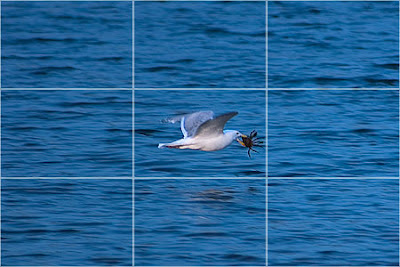
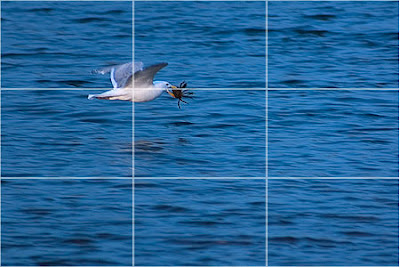
The artist places important elements of the composition where these lines intersect. By placing the subject in one of the intersections, one creates a dynamic composition that allows the viewers eye to be drawn to different parts of the compostion in an ordered manner. The viewer is allowed to determine the relationship between 'close-up' subject matter and its relationship to the middle distance and background subject matter.
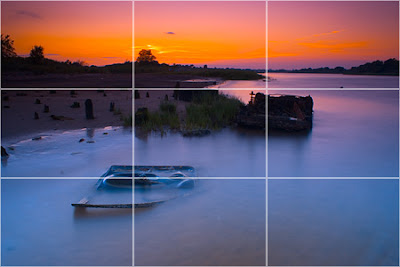
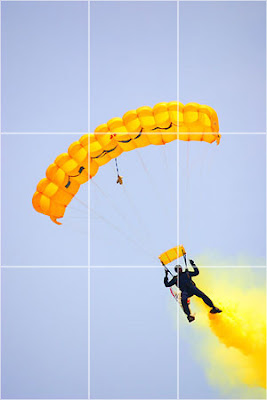
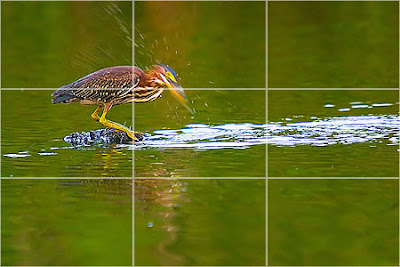
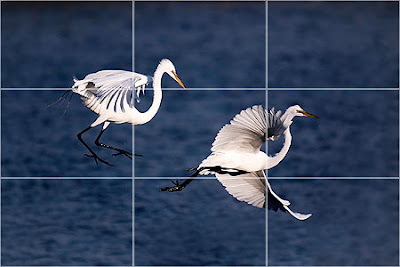
RULE OF THIRDS
...and some more examples.
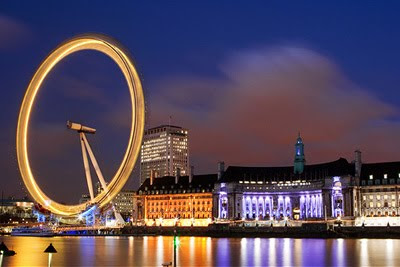
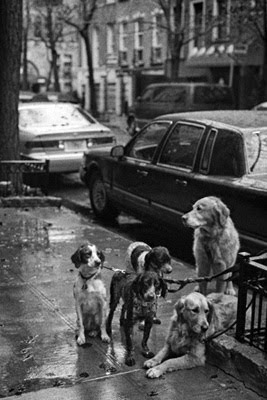

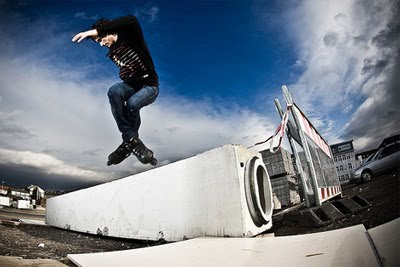
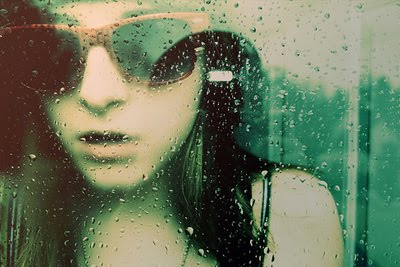
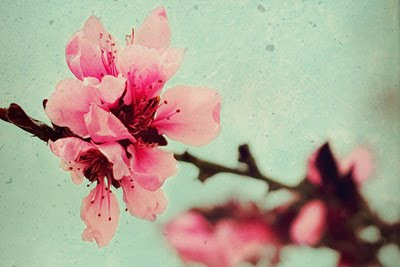

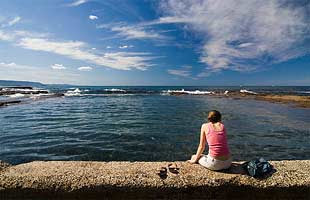

In visual art, Fibonacci numbers are sometimes used to determine the length or size of content or formal elements.
LINKS
A site that contains an explanation of the Golden Mean and its relationship to the rule of thirds HERE
Another site HERE
An explanation of the Fibonacci sequence HERE.
An animation of the Fibonacci sequence HERE.
Another explanation of the Fibonacci sequence HERE.
A site outlining the mystery of the Fibonacci sequence HERE (Really good!)
NOW, RULE OF THIRDS.
The RULE OF THIRDS is a compositional rule which is recommended for two-dimensional image making. An image could be divided equally by two vertical and two horizontal lines. In general, the four intersections of these lines will be the most interesting places for the main subject(s).
The Rule Of Thirds is a method of arranging subject matter within a two-dimensional frame to maximize a harmonious relationship between all planes of subject matter (foreground, middle ground, background). It is used by photographers, painters, film makers, television shows, etc. As one looks through the viewfinder, compositional lines are drawn (mentally) across the picture frame to divide the image into thirds both horizontally and vertically. The photographer places important elements of the composition where these lines intersect.
By placing your subject in one of the intersections, one creates a dynamic composition that allows the viewers eye to be drawn to different parts of the compostion in an ordered manner. The viewer is allowed to determine the relationship between 'close-up' subject matter and its relationship to the middle distance and background subject matters.
Click on the following titles to be taken to websites about the Rule Of Thirds:
Rule Of Thirds
The following addresses explain the Rule Of Thirds further:
Rule Of Thirds by Kodak
Rule Of Thirds by Silverlight.co.uk
A Beginner's Guide To Rule Of Thirds
Most people will put the seagull right in the middle which is the “dead center”.


The artist places important elements of the composition where these lines intersect. By placing the subject in one of the intersections, one creates a dynamic composition that allows the viewers eye to be drawn to different parts of the compostion in an ordered manner. The viewer is allowed to determine the relationship between 'close-up' subject matter and its relationship to the middle distance and background subject matter.




RULE OF THIRDS
...and some more examples.









03 January 2018
02 January 2018
PROJECT #15: LEVITATION (2+)
DIRECTIONS FOR HOMEWORK:
1. Anchor the camera in ONE spot.
2. Make an EMPTY photograph of your location.
3. DO NOT MOVE THE CAMERA...even a millimeter.
4. Put your partner in place and have them mimic a floating body language (i.e. hands, feet, facial expression...)
5. Make a few photographs of them IN PLACE.
6. Assemble the photographs as instructed.
WHAT WILL BE DUE:
1. THREE unique anti-gravity photographs (two off campus) via the methods below and the tutorial(s) given in class.
2. After Thanksgiving, bring back AT LEAST TWO groups of photos that can be made into TWO DISTINCTLY DIFFERENT anti-gravity photographs.
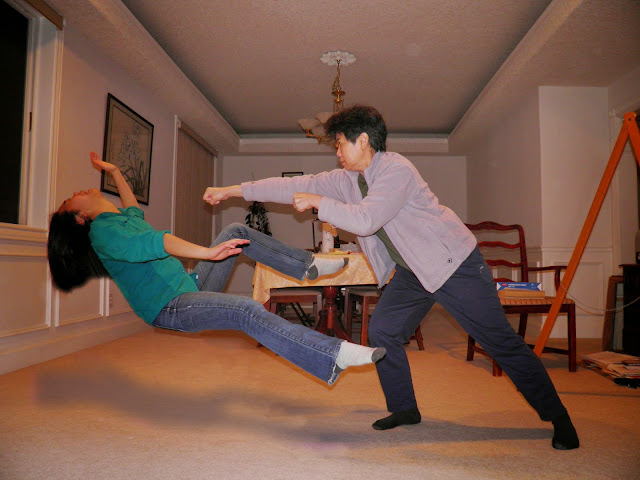
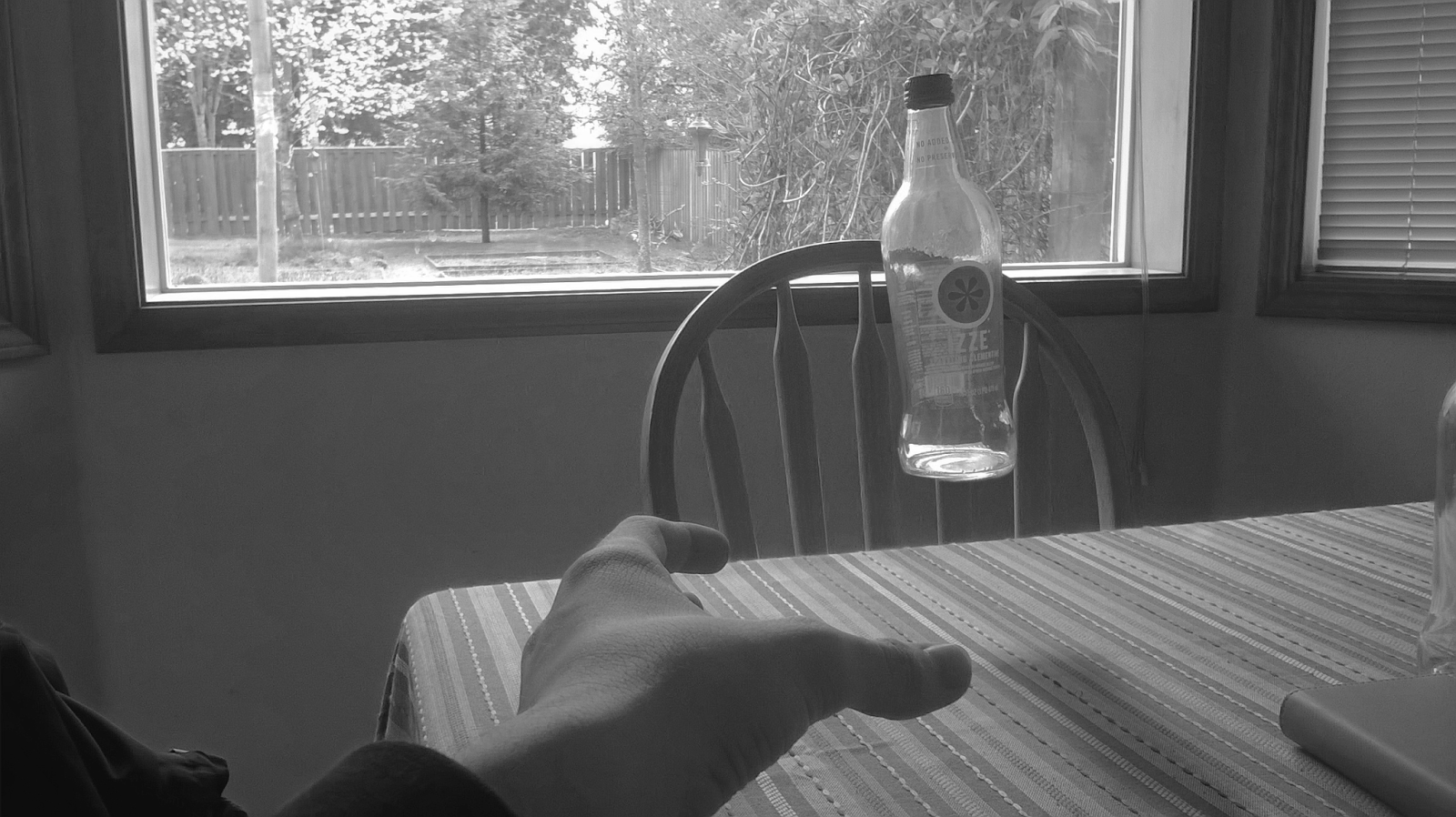
THE HOW TO'S:
How to at Colossal. CLICK HERE.
The Art of Levitation. CLICK HERE.
LOOK AT A FEW ARTISTS:
LOUIS LANDER DEACON
More of Natsumi. CLICK HERE.
OTHER EXAMPLES:
65 Examples. CLICK HERE.
Rick Nadal's site. CLICK HERE.
ABrian Speice. CLICK HERE.
Bairon Rivera. CLICK HERE.
Anka Zhuravleva. CLICK HERE.
Moose Photography. CLICK HERE.
And another idea. CLICK HERE.
Floating fruit. CLICK HERE.
More levitation GIFs. CLICK HERE.
1. Anchor the camera in ONE spot.
2. Make an EMPTY photograph of your location.
3. DO NOT MOVE THE CAMERA...even a millimeter.
4. Put your partner in place and have them mimic a floating body language (i.e. hands, feet, facial expression...)
5. Make a few photographs of them IN PLACE.
6. Assemble the photographs as instructed.
WHAT WILL BE DUE:
1. THREE unique anti-gravity photographs (two off campus) via the methods below and the tutorial(s) given in class.
2. After Thanksgiving, bring back AT LEAST TWO groups of photos that can be made into TWO DISTINCTLY DIFFERENT anti-gravity photographs.


THE HOW TO'S:
How to at Colossal. CLICK HERE.
The Art of Levitation. CLICK HERE.
50 Examples of levitation. CLICK HERE.
7 Tips for better levitation photos. CLICK HERE.
How to do it. CLICK HERE.
7 Tips for better levitation photos. CLICK HERE.
How to do it. CLICK HERE.
LOOK AT A FEW ARTISTS:
LOUIS LANDER DEACON
NATSUMI HAYASHI
Yowayowacamera.com. CLICK HERE.More of Natsumi. CLICK HERE.
65 Examples. CLICK HERE.
Rick Nadal's site. CLICK HERE.
ABrian Speice. CLICK HERE.
Bairon Rivera. CLICK HERE.
Anka Zhuravleva. CLICK HERE.
Moose Photography. CLICK HERE.
And another idea. CLICK HERE.
Floating fruit. CLICK HERE.
More levitation GIFs. CLICK HERE.
Subscribe to:
Comments (Atom)





